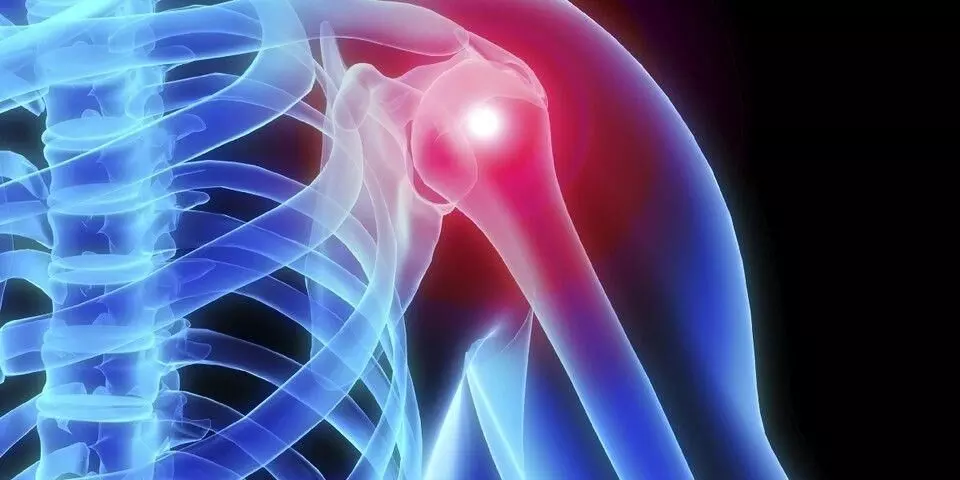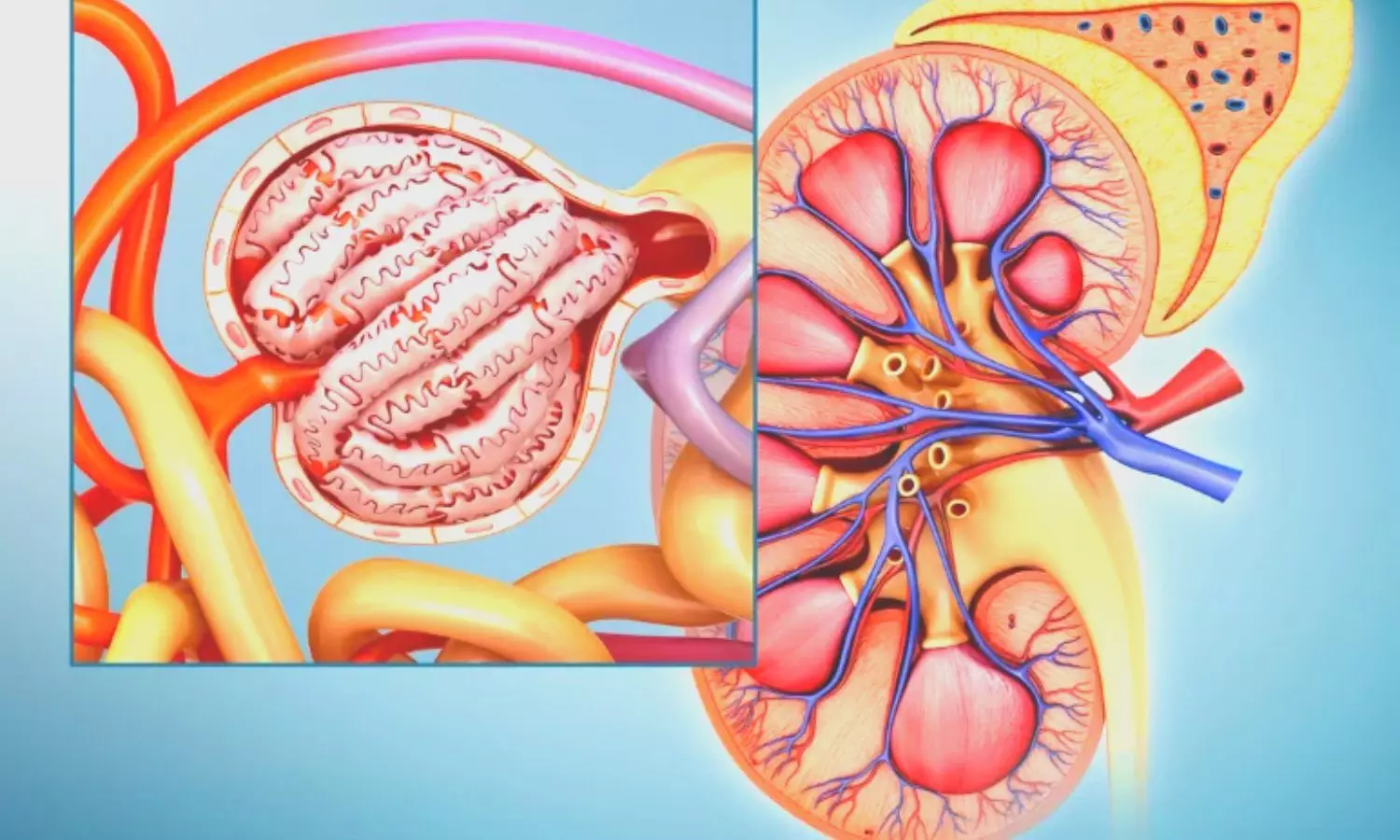Living close to pubs, bars and fast-food restaurats may lead to a higher risk of heart failure, according to new research published today in Circulation: Heart Failure, an American Heart Association journal.
These kinds of ready-to-eat food environments typically provide unhealthy foods and drinks, and have been linked to cardiovascular diseases, said study senior author Lu Qi, M.D., Ph.D., a professor in the epidemiology department at Tulane University in New Orleans.
Heart failure is a condition in which the heart muscle can’t pump enough blood to meet the body’s needs for blood and oxygen. Few studies have assessed the relationship between heart failure and food environment, the authors noted. This study is likely the first to assess the association between food environment and heart failure with long-term observation.
“Most previous research on the relation between nutrition and human health has been focused on food quality, while neglecting the impact of food environment,” Qi said. “Our study highlights the importance of accounting for food environment in nutrition research.”
Researchers evaluated the association using data from the UK Biobank-a large-scale database containing health information for more than 500,000 adults in the United Kingdom. They measured enrollees’ exposure to three types of food environments-pubs or bars, restaurants or cafeterias and fast-food restaurants. Exposure was determined by proximity (living within 1-kilometer/0.62 miles-or a within a 15-minute walk) and density (the number of ready-to-eat food outlets within the predefined 1-kilometer/0.62 miles).
The study documented nearly 13,000 heart failure cases during a 12-year follow-up period, recorded through national electronic health-related datasets.
The analysis found that a closer proximity and a greater density of ready-to-eat food outlets were associated with an elevated risk of heart failure.
Specifically, the results include:
- Overall, participants in the highest density of ready-to-eat food outlets-defined as 1 kilometer/.62 mile area with 11 or more ready-to-eat outlets — had a 16% greater risk of heart failure compared to those with no ready-to-eat food environments near their homes.
- Those in the highest density areas of pubs and bars showed a 14% higher risk for heart failure; while those in the highest density areas for fast-food outlets had a 12% higher risk.
- Participants who lived closest to pubs and bars-less than 500 meters (.31 miles)-had a 13% higher risk of heart failure; while those closest to fast-food outlets had a 10% higher risk compared to those who lived the farthest away (more than 2,000 meters or 1.24 miles.
- Heart failure risk was stronger among participants without a college degree and adults in urban areas without access to formal physical activity facilities such as gyms.
The findings were in line with expectations, Qi said, “because previous studies have suggested that exposure to ready-to-eat food environments is associated with risks of other disorders, such as Type 2 diabetes and obesity, which may also increase the risk of heart failure.”
Authors noted the findings suggest that improving access to healthier food environments and physical fitness facilities in urban areas, along with helping more people attain higher levels of education, could reduce the increased risk of heart failure linked to quick-meal options.
An accompanying editorial by Elissa Driggin M.D., M.S., and Ersilia M. DeFilippis, M.D., both of Columbia University Medical Center in New York, notes that more detailed analyses are needed in communities with more racially and ethnically diverse populations.
“Given the clear association between Black race and high incidence of heart failure as compared to white patients, as well as associations with worse heart failure outcomes, attention to food environment in this high-risk population is of the utmost importance,” they wrote.
“It has already been demonstrated that compared to predominantly white neighborhoods, there are significantly fewer supermarkets in predominantly Black neighborhoods, which are likely to be inversely associated with ready-to-eat food environments.”
The American Heart Association is working to improve access to healthy food among patients receiving treatment for chronic health conditions and people at high risk for such conditions. The Association’s Health Care by Food TM initiative is investing in research, advocacy and education to show clinical benefit and cost effectiveness of interventions that use food as medicine so that such interventions are covered by public and private health insurance.
A 2023 Association Presidential Advisory reviewing the landscape for food is medicine practice and research noted that one of the major challenges to eating healthier is the lack of a systemic focus on improving food environments and the food system. With few exceptions, taxes and financial incentives are not directed toward encouraging the purchase of healthy foods, improving the healthfulness of local food environments or ensuring the health of children and future generations, according to the advisory.
“Consuming a healthy diet is too hard for too many people,” said Eduardo Sanchez, M.D., M.P.H., FAHA, the Association’s chief medical officer for prevention. “Structural racism and factors that contribute to poverty mean that historically excluded people suffer the consequences of poor-quality diets at disproportionate levels. For over a century, we’ve saved and improved lives at the American Heart Association and will continue to focus on initiatives like this in our next 100 years by ensuring everyone, everywhere enjoys their healthiest lives.”
Study background and details:
- Data came from UK Biobank entries for more than 500,000 adults, ages 37-73 years old recruited from 22 assessment centers in England, Scotland and Wales between March 2006 and October 2010, followed through May 2021.
- Heart Failure was based on self-reported information and hospital inpatient records.
- Participants, on average, were 56 years old, more than half were women and 94% were of white European ancestry. Participants had completed extensive questionnaires detailing personal information, such as age, sex, race, education, lifestyle habits and medical history.
- Within the 1-kilometer range of where participants lived, there were 3.57 ready-to-eat food outlets on average.
- The average street distance to pubs and bars was 692 meters (0.43 miles); 820 meters (0.50 miles) to restaurants and cafeterias; and 1,135 meters (0.70 miles) to fast-food restaurants. Participants included in the analysis were exposed to the highest density category of composite ready-to-eat food environments.
Although the research used a large sample size, it may not represent the general population because most participants were white, skewed older and lived in the U.K. Other limitations include potential for exposure misclassification because of participants’ movements among neighborhoods during the follow-up period. The study did not rule out other factors that may involve a particular food environment that could affect heart failure and did not include nutrition insecurity data. In addition, it cannot show causality because the research is observational based on previously collected data.
The study emphasizes the importance of improving food environments to prevent heart failure, and the researchers noted that more studies are needed, particularly assessing nutrition insecurity, to enhance the robustness and applicability of this study’s conclusions.
Reference:
Qiaochu Xue, Xiang Li, Hao Ma, Xuan Wang, Yoriko Heianza and Lu Qi, Ready-to-Eat Food Environments and Risk of Incident Heart Failure: A Prospective Cohort Study, Circulation Heart Failure, https://doi.org/10.1161/CIRCHEARTFAILURE.123.010830.










